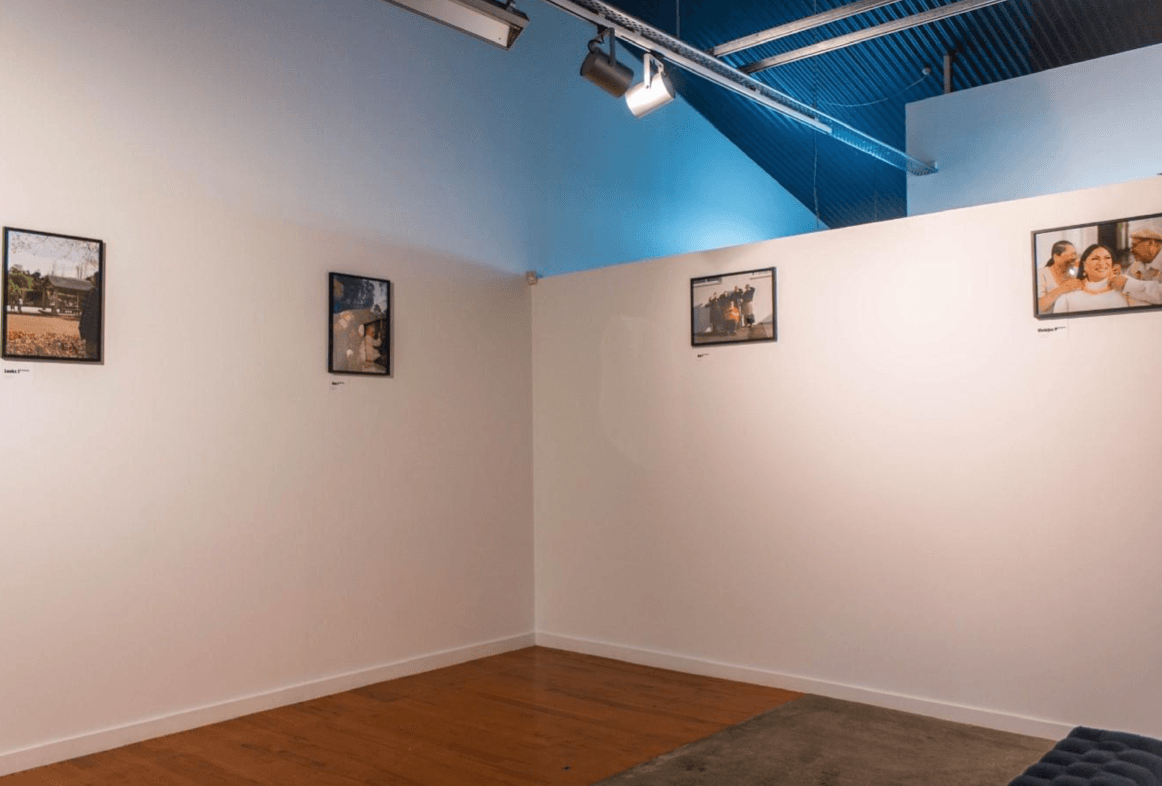Building Connection Through Mafana
The Creative NZ Early Careers Fund window closes this Thursday - previous recipient George Funaki explains the impact it has on creating space and finding his way.
Written by

“I don’t have the choice to be anything other than who I am. I’m Pasifika. I’m part of the rainbow community. I walk into a room and that’s visible."
As a multidisciplinary artist and curator, George Funaki's practice is shaped by what he describes as his layered experiences.
The New Zealand-born artist of Tongan heritage moves fluidly between performance, lived human experience, and visual installations, creating space for him to explore identity and community.
Funaki states that visibility doesn’t always translate into belonging. "I want my work to reflect that sense of belonging and celebration of who we are.”
At the heart of his practice is a deeper drive: creating visibility for Leitī (LGBTQIA+) and Pacific communities, and ensuring their stories and experiences are reflected in contemporary art spaces. Funaki's work is grounded in the vā—a Pacific concept centred on the relational space between people, objects, and environments.
After being supported by the Creative NZ Early Careers Fund, Funaki recently presented MAFANA - created in collaboration with long-time friend and analogue-based photographer Jolie Le Feuvre. More than a personal exhibition, it was a relational one - shaped through friendships, built with the community.
MAFANA grew out of conversations between the pair about the importance of memory. As Whitecliffe graduates and practitioners, they share many common interests and skills. With Le Feuvre's background in image-making and Funaki’s limited technical experience in film photography, she was the ideal collaborator. Her practice also aligned closely with Funaki's research into the erotics of care and memory as praxis.
Rooted in the Tongan concept of mafana - a warmth that exists between Pasifika people - the exhibition combined photography and moving image to explore care, service, shared memories, and connection. Inspired by lukuluku, a Tongan gathering practice in times of hardship, the show featured 18 portraits from nine families: half displayed in the gallery and half gifted back to the families.

The duo approached Pasifika families in Tāmaki Makaurau, inviting them to participate in the project and for those who agreed, clear ethical parameters around privacy were established. Each family had full autonomy over how they were portrayed, shaped through talanoa. That autonomy carried into the exhibition itself: portraits were installed high on the wall, surnames were anonymised, and each portrait was ultimately returned to the families, honouring lukuluku as an act of reciprocity.
“Jolie is an exceptionally skilled and thoughtful artist, and MAFANA wouldn’t have been possible without her co-curation and co-facilitation. She photographed each family with such care and generosity, gifting them fully edited albums as keepsakes,” Funaki explains.
After months of tireless work alongside other projects, Funaki saw the impact of the work as families and community members shared their experiences.
Some of the most heartfelt feedback came from project participants, who spoke about feeling genuinely seen and represented. For many, it was the first time they had experienced that sense of recognition within a gallery setting, sparking conversations at home about identity and belonging. Families reflected on how the work created space to share stories that might otherwise have remained untold.
The impact also extended beyond those directly involved. Visitors shared how the exhibition deepened their understanding of the communities represented, describing the works as warm and inviting. The project not only celebrating the families who took part but also connecting audiences —highlighting the universal desire for belonging, connection, and recognition.
The practical support of Jade Bentley and her family at The Grey Place, who installed the work and helped throughout opening night, brought the project full circle, completing MAFANA as both a process and a shared experience.
“We felt mafana from all the positive responses from the community. It shows how much these spaces are needed for the sense of belonging it creates.”
Looking ahead, Funaki continues to expand the ways his practice engages with community, identity, and visibility. He is driven by community and connection and interested in creating more projects that centre Pacific and queer experiences, experimenting with new forms and mediums.
MAFANA was supported through the Early Careers Fund - Toi Tipu Toi Rea. The second round is open and closes Thursday 4 September.